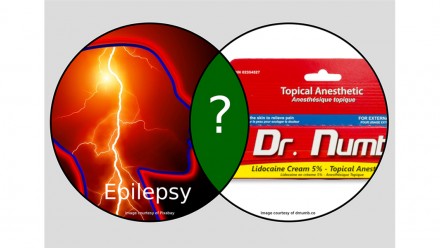What does a local anaesthetic and a medication for epilepsy have in common?
Voltage-gated sodium channels are integral in electrical signaling within the human body and are key targets for anesthetics and antiepileptic compounds used in surgeries and the treatment of neurological disorders. As such, they are the target of a number of drugs used for reducing pain or combatting arrhythmias and seizures. However, these drugs affect all sodium channel subtypes found in the body. Designing compounds to target select sodium channel subtypes will provide a new therapeutic pathway and would maximize treatment efficacy while minimizing side effects. We used molecular dynamics to examine the binding preferences of six compounds known to be sodium channel pore blockers to understand how they work, and to aid subtype-selective drug design.









